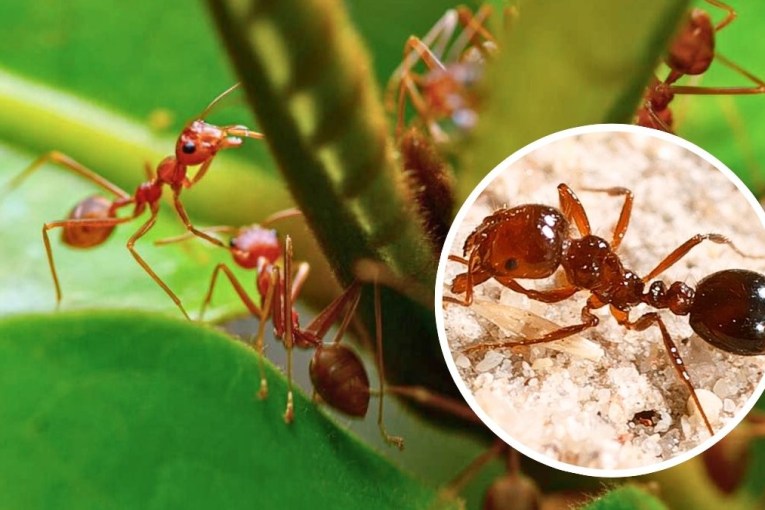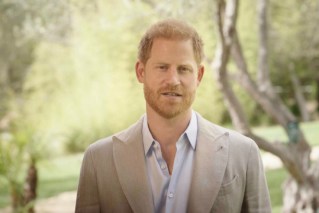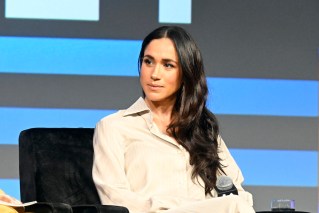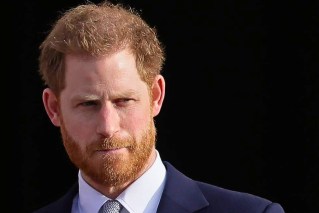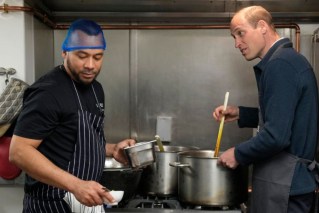The great long black hope: Coffee literally burns off calories in new study


Don't worry abut that sugar-rich cake. The cup of coffee will burn away the calories straight away. That's the theory anyway. Photo: Getty
A single cup of coffee a day literally burns the fat off your body and could be the answer to the obesity crisis – and even diabetes – so goes a research story playing out with much excitement in media outlets around the world.
And it’s sort of true. Scientists from the University of Nottingham discovered that drinking a cup of coffee “can stimulate brown fat” – also known as brown adipose tissue (BAT) or “good fat”.
The researchers describe brown fat as “the body’s own fat-fighting defences, which could be the key to tackling obesity and diabetes” – which points more to the holy grail status brown fat attained once it was found to occur in adult humans, a discovery made around the turn of the century.
Brown fat good, white fat bad
Brown adipose tissue is one of two types of fat found in humans and other mammals, long thought confined to babies and hibernating mammals.
Its main function is to generate body heat by burning calories, useful in babies because they can’t generate warmth by shivering. It’s dynamic stuff – featuring an abundance of mitochondria, the engines of a cell that burns fuel and generates energy.
The other kind of fat is the white lard that stores excess calories in the form of muffin tops and extra chins.

Coffee appears to turn bad white fat cells, which store excess calories, into the more dynamic brown fat cels that burn off energy. Photo: Getty
The researchers conducted two experiments. In the first, when stem cell-deceived fat cells (known as adipocytes) were exposed to caffeine, they showed more mitochondrial activity and proliferation.
They also found gene expression linked to the “browning” of fat cells.
The second experiment involved a small group of volunteers drinking either a cup of coffee or a glass of water. The researchers then used thermal imaging to measure temperature changes in the neck, known as the supraclavicular region, where the largest store of brown fat is found.
The coffee drinkers lit up the thermal imaging machine
The volunteers who drank water showed no change, but those who drank the coffee demonstrated significant increases in temperature in the supraclavicular region relative to the body surface temperature.
“Intriguing,” has been the response from researchers not involved with the study, who have questioned whether thermal imaging was the right tool for the job.
Study co-director Professor Michael Symonds has been more inclined to unabashed celebration. In a prepared statement he said: “Brown fat works in a different way to other fat in your body and produces heat by burning sugar and fat, often in response to cold.
“Increasing its activity improves blood sugar control as well as improving blood lipid levels and the extra calories burnt help with weight loss.
“However, until now, no one has found an acceptable way to stimulate its activity in humans. This is the first study in humans to show that something like a cup of coffee can have a direct effect on our brown fat functions.”
Standing out in the cold can get you browned
White fat can naturally switch to become brown fat through cold exposure, and drugs can also be used to boost brown fat, but medications tried so far all have side effects.
Last year, New York researchers demonstrated that converting white cells in a bioreactor to brown – and then transplanting them into an obese person – is possible.
What works against an easy brown-fat solution, according to a new study, is human evolution
While other primates have less than nine per cent body fat, a healthy range for humans is anywhere from 14 per cent to 31 per cent.
“We’re the fat primates,” Dr Devi Swain-Lenz said, a postdoctoral associate in biology at Duke University, in a prepared statement.
Chimps got the fat-burning cells
Despite having nearly identical DNA sequences, chimps and early humans underwent critical shifts in how DNA is packaged inside their fat cells, Dr Swain-Lenz and her Duke colleagues have found.
To understand how humans became the fat primate, the researchers compared fat samples from humans, chimps and a more distantly related monkey species, rhesus macaques.
Using a technique called ATAC-seq, they scanned each species’ genome for differences in how their fat cell DNA is packaged. One of the reasons we’re so fat, the research suggests, is because the regions of the genome that help turn white fat to brown were essentially locked up – tucked away and closed for business – in humans but not in chimps.
“We’ve lost some of the ability to shunt fat cells toward beige or brown fat, and we’re stuck down the white fat pathway,” Dr Swain-Lenz said.
It’s still possible to activate the body’s limited brown fat by doing things like exposing people to cold temperatures, she explained, “but we need to work for it”.
